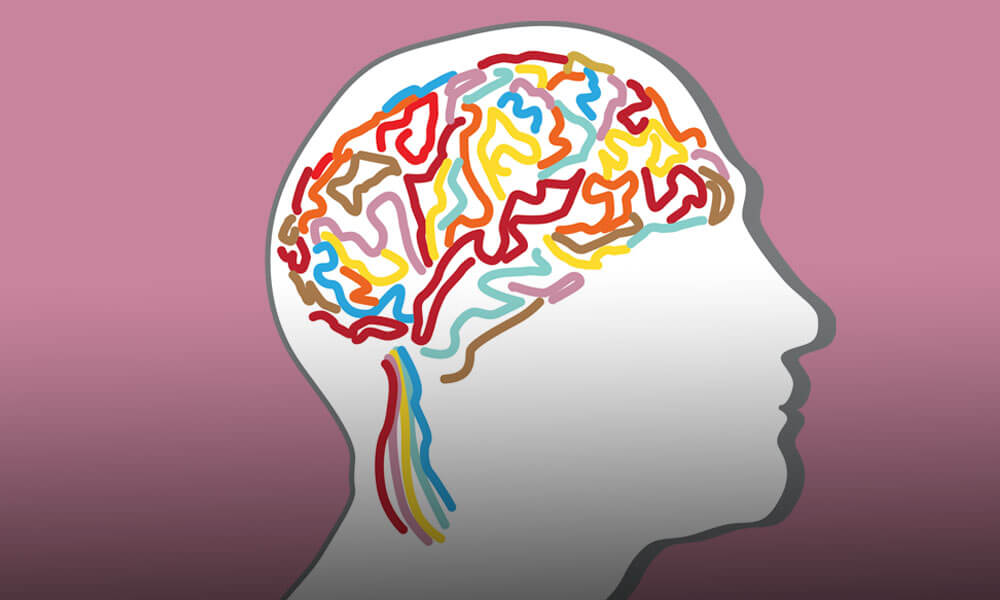Ever wondered what mysterious tales that bump at the back of your head holds? As you navigate the realm of causes and treatments for these enigmatic protrusions, you may uncover a wealth of knowledge that can shed light on your well-being.
From seemingly innocuous reasons like head traumas and pesky ingrown hairs to more intricate conditions such as folliculitis and seborrheic keratosis, each bump conceals a unique narrative waiting to be unraveled.
Understanding when to reach out to medical professionals, especially if discomfort intensifies or changes manifest, can be pivotal in your care journey. With the key to proper diagnosis lying in thorough evaluations and access to tailored treatments like topical remedies, surgical interventions, or other modalities, effectively managing these bumps becomes a feasible task.
Embracing the complexities of back-of-head bumps equips you with the wisdom necessary to navigate your health expedition confidently and proactively.
Key Takeaways
- Head injuries, ingrown hairs, folliculitis, seborrheic keratosis, and epidermoid cysts are common causes of bumps on the back of the head.
- It is important to consult a doctor if experiencing severe pain, noticing changes in the appearance or size of the bump, or have concerns about skin cancer.
- Proper diagnosis through methods like physical exams, skin biopsies, and imaging is crucial for determining the appropriate treatment for back of head bumps.
- Treatment options may include rest, ice, ointments for injury-related bumps, antibiotic creams for infections like folliculitis, and surgical removal for cysts or growths if necessary.
Head Injury as a Cause
Head injuries are a common cause of bumps on the head, often resulting from car crashes, sports collisions, falls, or other instances of blunt force trauma. When you experience a head injury, it’s crucial to seek medical attention promptly. Even seemingly minor bumps can lead to serious complications like concussions or internal bleeding. Symptoms such as dizziness, nausea, confusion, or persistent headaches shouldn’t be ignored.
Upon visiting a healthcare provider, they’ll conduct a thorough evaluation to assess the extent of the head injury. This may involve physical examinations, imaging tests like CT scans, or neurological assessments. Depending on the severity of the injury, treatment options can vary from rest and observation to surgical intervention. Following medical advice and allowing yourself adequate time to heal is essential in the recovery process.
Ingrown Hair and Bumps
When dealing with head injuries, it’s essential to recognize that ingrown hair and bumps can also pose concerns for your overall health and well-being.
Here are a few key points to keep in mind regarding ingrown hair and bumps:
1. Ingrown Hair
Often caused by shaving, ingrown hairs can lead to red solid bumps that may get infected, resulting in pus-filled bumps. To prevent this issue, consider letting your hair grow out a bit before shaving again.
2. Folliculitis
This condition involves inflammation or infection of the hair follicles, leading to red or whitehead pimple-like bumps. It can be caused by bacteria or fungi and may cause itching and soreness. Treatments include regular washing with soap and using antibiotic creams.
3. Seborrheic Keratosis
Common in older adults, these noncancerous skin growths can appear as warts on the head and neck. While usually harmless, they should be monitored and removed if suspected of being cancerous.
4. Epidermoid Cyst
These small, hard lumps under the skin are typically harmless but may require treatment if infected and painful. They’re caused by keratin buildup and may resolve on their own.
Folliculitis: Inflammation and Infection
Inflamed and infected hair follicles can lead to the development of folliculitis. When bacteria or fungi enter hair follicles, they can cause red or whitehead pimple-like bumps on the back of your head. These bumps may be itchy and sore, making them uncomfortable to deal with.
To treat folliculitis, consider washing the affected area with soap and applying antibiotic creams as prescribed by a doctor. In most cases, folliculitis tends to resolve on its own with proper hygiene and care. However, if you experience recurrent folliculitis, your doctor may recommend hair removal to prevent further infections.
Remember to avoid self-removal or draining of these bumps, as it can lead to more severe infections and complications. By following your doctor’s advice and maintaining good hygiene practices, you can effectively manage and treat folliculitis to ensure a healthy scalp.
Seborrheic Keratosis Overview
With folliculitis typically resolving on its own, it’s essential to understand the distinct characteristics of seborrheic keratosis as a potential skin condition on your scalp. Seborrheic keratosis is a common noncancerous skin growth that often appears in older adults.
Here are some key points to help you grasp this condition better:
1. Appearance
Seborrheic keratosis presents as raised, rough, and warty growths on the skin. They can vary in color from light tan to black.
2. Location
These growths commonly develop on the scalp, face, chest, and back. However, they can appear anywhere on the body.
3. Texture
The texture of seborrheic keratosis is often described as waxy, stuck-on, or verrucous.
4. Treatment
While seborrheic keratosis is typically harmless, you may choose to have them removed for cosmetic reasons or if they become irritated. Removal methods include freezing with liquid nitrogen, scraping off the growth, or burning it off with an electric current.
Epidermoid Cysts: Characteristics and Treatment
Epidermoid cysts typically manifest as small, hard lumps beneath the skin, often skin-colored or yellow in appearance. These cysts result from a buildup of keratin in a sebaceous gland or hair follicle, creating a slow-growing bump that’s usually noncancerous.
While most epidermoid cysts don’t cause problems and may resolve on their own, they can become infected and painful, requiring medical attention. If you notice redness, warmth, increased size, or drainage from the cyst, it’s essential to seek treatment to prevent complications.
Treatment for infected epidermoid cysts may involve antibiotics or in more severe cases, drainage or excision by a healthcare professional. Attempting to remove or drain the cyst at home can lead to infection and should be avoided.
If you have concerns about a bump on the back of your head, especially if it’s causing discomfort or showing signs of infection, consulting a doctor for proper evaluation and management is recommended.
Consulting a Doctor for Concerns
If you have noticed any concerning changes in the bump on the back of your head, seeking medical advice is crucial to address potential complications and ensure proper treatment.
Here are four reasons why consulting a doctor for concerns about a bump on the back of your head is essential:
1. Proper Diagnosis
A doctor can accurately determine the cause of the bump through physical examination, tests, and imaging if necessary.
2. Treatment Guidance
Medical professionals can provide appropriate treatment options based on the underlying issue, ensuring effective management.
3. Monitoring Changes
Doctors can monitor any changes in the bump’s size, appearance, or symptoms over time to track progress or detect any worrisome developments.
4. Peace of Mind
Consulting a doctor can alleviate anxiety and provide reassurance about the bump’s nature, reducing stress and uncertainty about your health.
Diagnosis and Treatment Options
To determine the most appropriate course of action for addressing a bump on the back of your head, a thorough diagnosis by a medical professional is crucial. Your doctor may conduct a physical exam to assess the size, shape, and tenderness of the bump.
Blood tests or imaging such as X-rays or CT scans might be recommended to further evaluate the underlying cause.
Depending on the diagnosis, treatment options can vary. For bumps resulting from head injuries, initial measures like rest, ice, and topical ointments may be sufficient. In cases of infection, such as folliculitis, antibiotic creams may be prescribed, and in recurrent situations, hair removal might be advised.
Noncancerous growths like cysts may not require treatment unless they’re causing discomfort or cosmetic concerns, in which case surgical procedures like cryosurgery or excision may be considered. It’s important to follow your healthcare provider’s guidance for the most effective management of the bump on the back of your head.
Conclusion
In conclusion, understanding the causes and treatments for bumps at the back of your head is essential for maintaining your health and well-being.
Whether it’s a result of a head injury, ingrown hair, folliculitis, seborrheic keratosis, or epidermoid cysts, seeking medical advice and proper diagnosis is key.
By taking proactive steps to address these bumps, you can ensure that you receive the appropriate treatment and care to manage them effectively.
Stay informed and empowered in your health journey.


